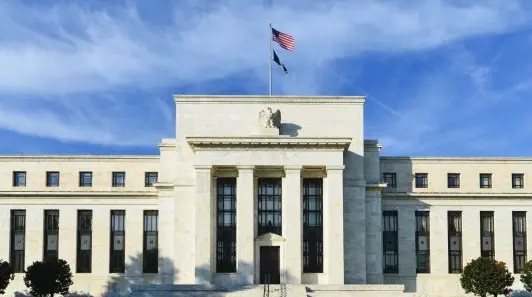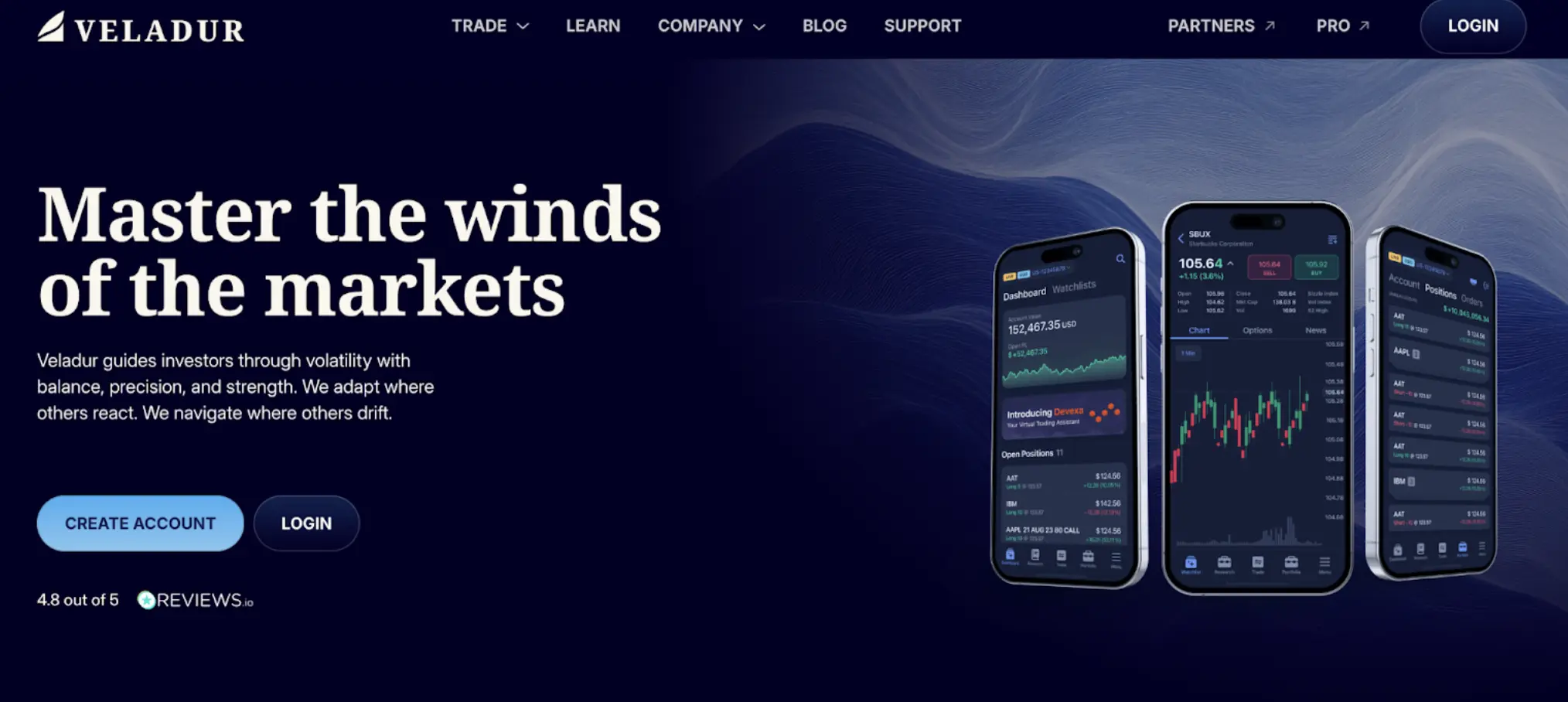– Accelerated Fed easing is likely, which should help cushion the economy and markets. The Fed does not look ‘behind the curve,’ examining a broad set of macro indicators.
– Still, downside growth risks have increased, reinforcing the case for pairing risk assets with exposure to high-quality duration within a diversified portfolio.
There’s a well-worn investing cliché that “markets hate uncertainty.” While often repeated, it’s somewhat tautological – uncertainty is intrinsic to investing, and a wider distribution of outcomes naturally demands higher risk premia. What’s less mentioned, however, is the inverse: markets love a reduction in uncertainty, even when the resolution of that uncertainty is not ideal. Nowhere is this more evident than in recent market reactions to US tariff policy.
Whether deals with individual countries have been struck or not, tariffs have only moved in one direction – up. Yet, as the range of potential outcomes has narrowed and worst-case scenarios have been avoided, policy uncertainty has declined. A 15% tariff on European imports feels manageable when 50% was on the table just weeks ago. Risk assets have responded more to this reduction in uncertainty than to the tariffs themselves, as the left tail of the distribution has effectively been truncated.


The passage of the One Big Beautiful Bill Act (OBBBA) has similarly brought clarity. Earlier this year, 10-year Treasury yields surged to 4.80% in part due to fears of unchecked fiscal expansion to fund Trump’s extended tax cuts. But those elevated yields forced lawmakers to scale back their plans for fiscal expansion, which together with increased tariff revenues helped temper concerns about runaway deficits.
While deficits remain high – 6%–7% of GDP for the foreseeable future – the market now has greater confidence that deficit expansion won’t worsen. It’s a far-from-ideal outcome, but one that has helped stabilize bond market volatility, which recently neared a cycle low. Exhibit 3: Bond volatility near cycle lows
This reduction in uncertainty matters not just for investors, but for companies as well. Greater clarity on tariffs enables even the most exposed importers to plan pricing strategies and adjust supply chains. The OBBBA also clarified tax treatment for capex and R&D, improving visibility for investment and cash management decisions. The ability to ‘move on’ can be a nice tailwind.
From policy uncertainty to economic reality While some policy questions remain – sector-specific tariffs on semiconductors and pharmaceuticals, or potential secondary sanctions on Russian oil – the scope for major macro policy surprises from ‘known unknowns’ has narrowed. As a result, market focus is shifting to the economic data.
In the previous Macro Monthly, we asked whether markets could look through a weakening economy if policy shocks were already known and understood. Our answer was yes – providing the labor market held up. On that front, the July employment report released Friday was a gut check. While the headline numbers weren’t alarming – 73,000 jobs added vs. 100,000 expected, and unemployment at 4.25% (slightly above the 4.2% forecast) – the real surprise was a sharp 258,000 downward revision to May and June figures.
This brought the three-month average job growth down from 150,000 to just 35,000. Markets swiftly priced in a more aggressive path of Fed rate cuts, reflecting a labor market that now appears significantly softer than previously anticipated. Part of this reflects reduced labor supply, with declining immigration weighing on the workforce. Still, this shift likely clears the way for the Fed to begin cutting rates in September, despite valid concerns about rising inflation. Encouragingly, inflation expectations remain anchored: one-year inflation swaps reflect tariff impacts, but forward-looking expectations remain stable.
















































































